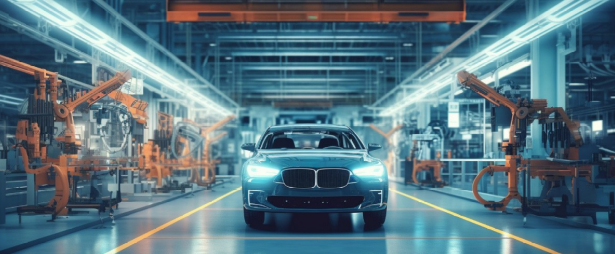As Bangladesh continues to make strides in industries like ready-made garments, a strategic shift towards heavy industries becomes imperative for sustained economic growth.
With its potential for high returns and global integration, the automotive sector stands as a beacon of hope. This article explores the role of Bangladesh’s automotive industry in propelling the nation into the global value chain.
Automobile Industry Development Policy, 2021
Adopting the Automobile Industry Development Policy, 2021 signifies Bangladesh’s commitment to increasing local value addition in automobile production. With numerous automotive factories already operating successfully in the country, there’s a need to propel these efforts further. This policy provides a roadmap for the industry’s expansion and integration into the global market.
Expanding Automobile Market
The automobile market in Bangladesh is experiencing rapid growth, evident in consistently high vehicle registration numbers. According to Bangladesh Road Transport Authority (BRTA) data, new vehicle registrations have consistently exceeded 400,000 annually.
Despite the challenges posed by the COVID-19 pandemic, the number of newly registered vehicles has surged, reaching around 600,000 in 2022.
Growth in Goods Carriage Vehicles
The number of goods carriage vehicles, including trucks, covered vans, and pickups, has witnessed a remarkable threefold increase from 0.12 million in 2010 to 0.41 million in 2023, indicating the expanding industrial landscape.
Rising Car Numbers
While the number of cars has doubled from 0.34 million in 2010 to 0.68 million in 2023, the growth is outpaced by motorcycles, trucks, and three-wheelers. This diversification in the automotive market presents opportunities for varied industry players.
Current Industrial Production
BRTA data reveals an annual growth of 500,000 vehicles, emphasizing the burgeoning demand in Bangladesh. The importation methods—Completely Built Units (CBU) and Completely Knocked Down (CKD)- are significant to note. As per the Automobile Industry Development Policy, 2021, Bangladesh focuses on CKD imports, where vehicles are assembled from imported parts.
Emphasis on CKD Assembly
Currently, the local industry prioritizes assembling vehicles after importing CKD units. This assembly approach, with separate components like engines, gearboxes, and body parts, aligns with the policy’s provisions. The industry, historically initiated by the state-owned Pragati Industries Ltd. in 1966, has evolved to include private players.
Key Players in CKD Assembly
PHP Automobiles has emerged as a key player, launching Bangladeshi-assembled vehicles like Proton Preve in partnership with Proton. With the capacity to assemble 1200 cars annually, PHP Automobiles contributes to the local automotive landscape.
Prospects for Heavy Industries
The automotive industry’s potential propels Bangladesh’s foray into the global value chain. The growth in CKD assembly and successful ventures like PHP Automobiles assembling Proton vehicles indicate the sector’s readiness for heavier industrial involvement.
Conclusion
The automotive industry in Bangladesh is not only responding to the increasing domestic demand but is poised to play a crucial role in the country’s economic transformation.
Implementing the Automobile Industry Development Policy, 2021 underscores Bangladesh’s commitment to integrating into the global automotive landscape. As the industry continues to evolve, exploring heavy industries becomes a logical progression, promising higher returns and economic excellence for the nation.




